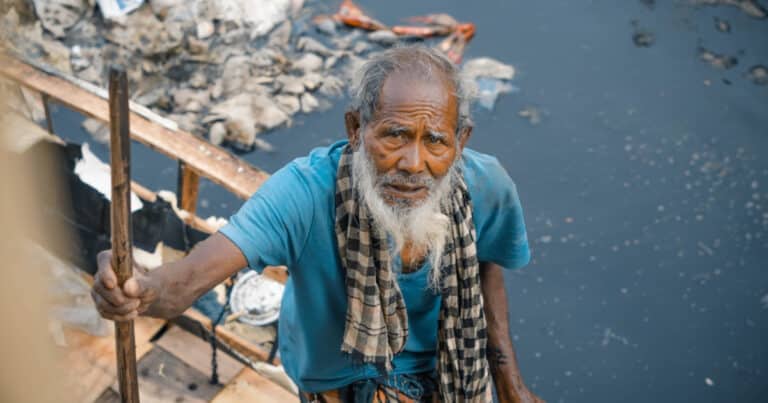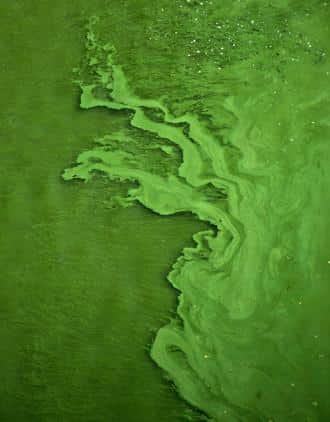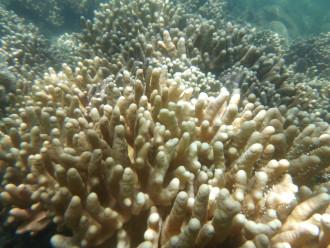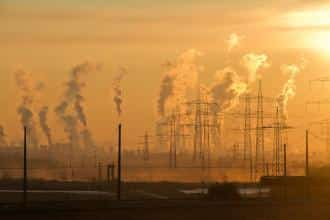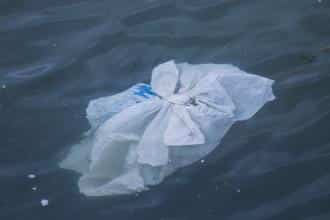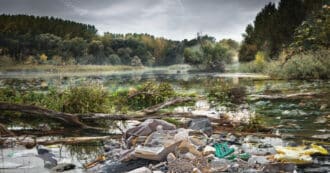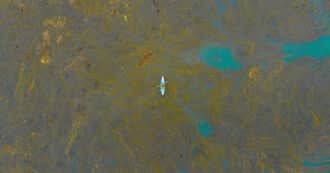By Sydney Cohen – The effects of water pollution are devastating. Water is an essential part of life, and when it becomes polluted, the consequences can be fatal. Research by the World Health Organization estimates that at least 2 billion people worldwide drink and use contaminated water.
The effects of water pollution are not just on the water and ecosystems themselves, but as with every form of environmental degradation, they also affect humans, plants, and animals that live near it.
The Impact of Water Pollution on the Environment
Aquatic life is often severely affected by water pollution. In fact, animals and plant life in contaminated water sources “may die or not reproduce properly.”
Heavy metals and chemicals, from municipal and industrial wastewater, are some examples of water contamination that affect aquatic organisms’ lifespans and abilities to reproduce. Tuna and other larger fish often have high levels of mercury.
Additionally, aquatic life is heavily affected by algal blooms in lakes and marine environments, resulting from excess nutrients such as nitrates and phosphates, from agricultural runoff. These algal blooms are present in the Great Lakes.
Marine life is also threatened by debris and litter, which can suffocate and injure many aquatic organisms. Plastics, for example, can take up to 500 years to degrade and have even formed “plastic islands” in oceans.
Air Pollution affects Water Pollution
Furthermore, air pollution as a result of climate change has a drastic effect on the ocean. Air pollution is causing ocean acidification, warming, and expansion, as our large bodies of water absorb much of the carbon pollution in the air.
The Impact of Water Pollution on Human Health
Drinking or using polluted water can result in health problems, such as digestive issues, toxicity and death, or chronic toxicity and neurological issues from more serious chemical pollution.
Waterborne pathogens are the most common cause of illness in humans from polluted water. Diseases from the consumption of contaminated water include giardia, typhoid, and cholera. Accidental and illegal leaks from sewage facilities and runoff from urban areas and agriculture farms occur even in wealthy nations, affecting everyone’s water quality.
In fact, every year, the United Nations reports that 85,700 children die from diarrhea caused by contaminated water.
Skin Diseases Caused by Water Pollution
Additionally, chemical pollutants in contaminated water come into contact with our skin from swimming in polluted water or washing clothes and can cause various skin irritations, ranging in severity.
Communities Affected by Water Pollution
While water contamination and its causes are a global issue, certain populations are much more vulnerable than others to illness and death from water pollution. The communities that are typically most affected by water pollution are often also communities of color.
Because of this demographic, the disparity in world heath on the topic of water pollution is frequently an example of environmental racism.
Water pollution In Haiti
The 2010 cholera outbreak in Haiti, just 10 months after the devastating 2010 earthquake, is an example of the impact of water pollution on vulnerable communities. It was discovered that the Artibonite River, a body of water from which many Haitians use and consume, contained the bacteria that cause cholera.
Water pollution In Gaza
Another example of water pollution is in Gaza. The causes of water pollution in Gaza frequently result from frequent failure of water treatment and filtration systems. This allows for sewage, wastewater, bacteria, and disease to pollute the water supply.
Because of the transboundary nature of bodies of water and water sources, this issue does not only affect the very highly dense population living in Gaza, but also risks contamination of water sources in Israel and other Middle Eastern countries.
Water pollution In Flint, Michigan
A third example of the effect of water pollution on a community is that of Flint, Michigan. Flint’s demographics consist of many communities of color, living below the poverty line. Because many of the homes in Flint are old, they have lead piping.
In 2013, Flint’s water was found to contain many harmful chemicals and bacteria, and when mixed with the lead piping , the lead degrades and enters the water at toxic levels. This caused an immense amount of health issues for Flint residents.
These examples demonstrate the drastic way that already vulnerable communities are exposed to the harmful effects of water pollution.
Solutions to Water Pollution
The need for solutions to water pollution is urgent. Pollution from sewage effluent and industrial waste are making it difficult to supply enough clean water to populations in developing countries, while climate change is also having an impact on the availability and quality of water resources.
Preventing Water Pollution
The first method of preventing water pollution is to conserve the clean water that we do use.
The second method of preventing further water pollution is by using fewer chemicals and cleaners in our homes and avoiding disposing of them down the sink and shower drains.
The next step toward better water quality is to get your home pipes checked for lead pollution. This reduces negative health effects from lead and other chemical substances and heavy metals and prevents further contamination into other bodies of water such as oceans, rivers, and lakes.
Lastly, it is important to avoid polluting outdoor water sources and supplies.
Water Treatment
There are a number of organizations and technological advancements that aid in producing higher water quality and the treatment of contaminated water, throughout the world.
David L Knight comments on water treatment in the Bible, based on a story in which Moses turns water from “bitter,” i.e. undrinkable to “sweet,” i.e. drinkable by throwing wood into it. David Knight explains how “desert guides tell of barberry and other aromatic shrubs that can mask the acrid mineral taste of brackish water. Perhaps that’s what Moses used. Instead of miraculously zapping the bad water, God has Moses use natural means already at hand in the desert. But the miracle is there all the same – the wonder of nature’s healing powers.”
We can learn from Moses to harness the healing powers of nature to address the damage we’ve done. Even more importantly, we are reminded by Moses not to take fresh water for granted and to refrain from damaging our precious water resources.
Water Produced From Air
Watergen, for example, is an Israeli technological advancement that literally creates water from the air. “Watergen” creates drinking water devices that use humidity in the air to extract and purify water for use and consumption.
Desalination
Furthermore, there are 31 Israeli desalination plants across the country that utilize seawater to provide fresh and clean water to the country. The desalination process removes salt and other impurities from the water, to create usable water.
Water Pollution Is OUR Responsibility
Despite the difficulty of solving this global issue, it is important that we do everything in our power to reduce water pollution.
Don’t let water pollution be a global issue for your community. We must take care to protect our most vulnerable communities, environment, and aquatic life by taking measures to conserve and protect the clean water that we are fortunate to have and raising awareness of communities in need.
Make sure you are doing what you can to reduce the number of pollutants that enter our streams and rivers and help make safe drinking water accessible in impoverished communities around the world when possible.
We can all take small steps to reduce the global issue of water pollution. One way is by supporting organizations that provide clean drinking water for those who need it most and encouraging others to do the same.
* Featured image source

